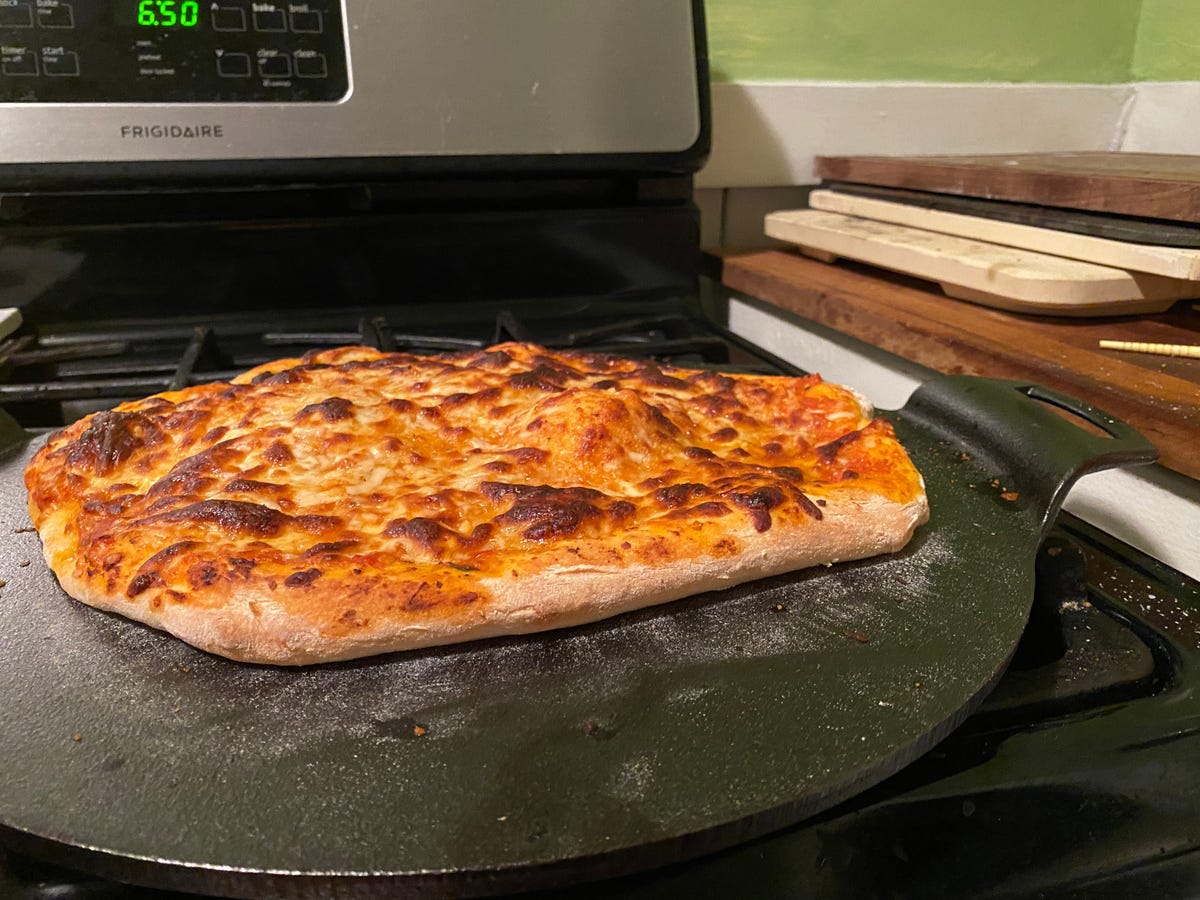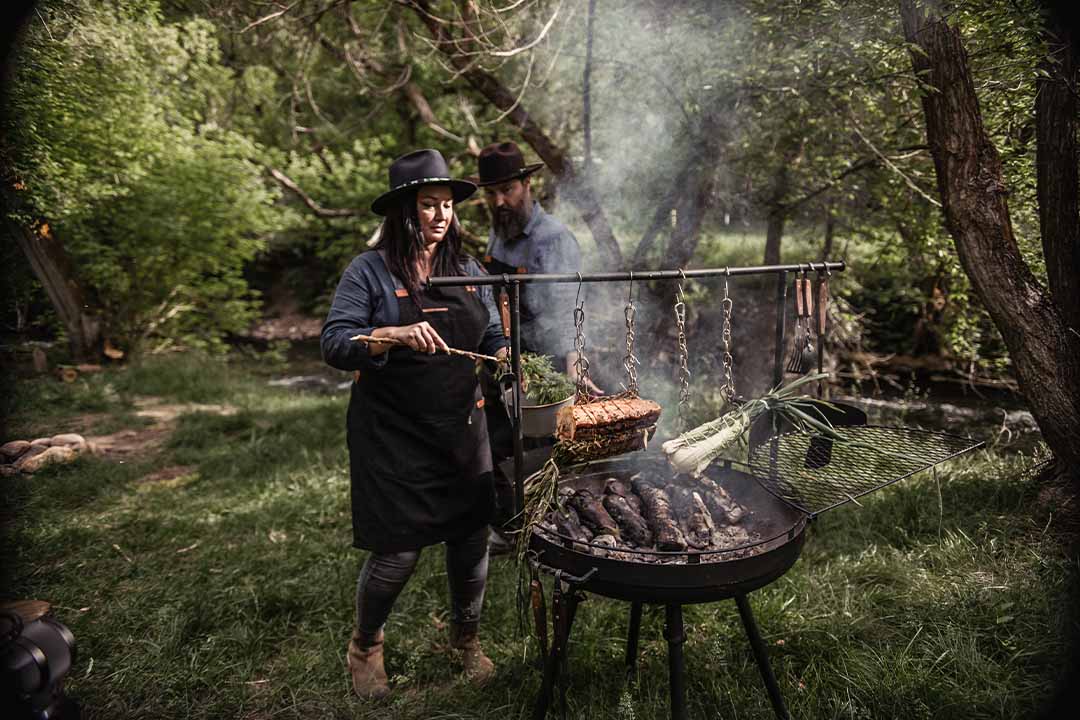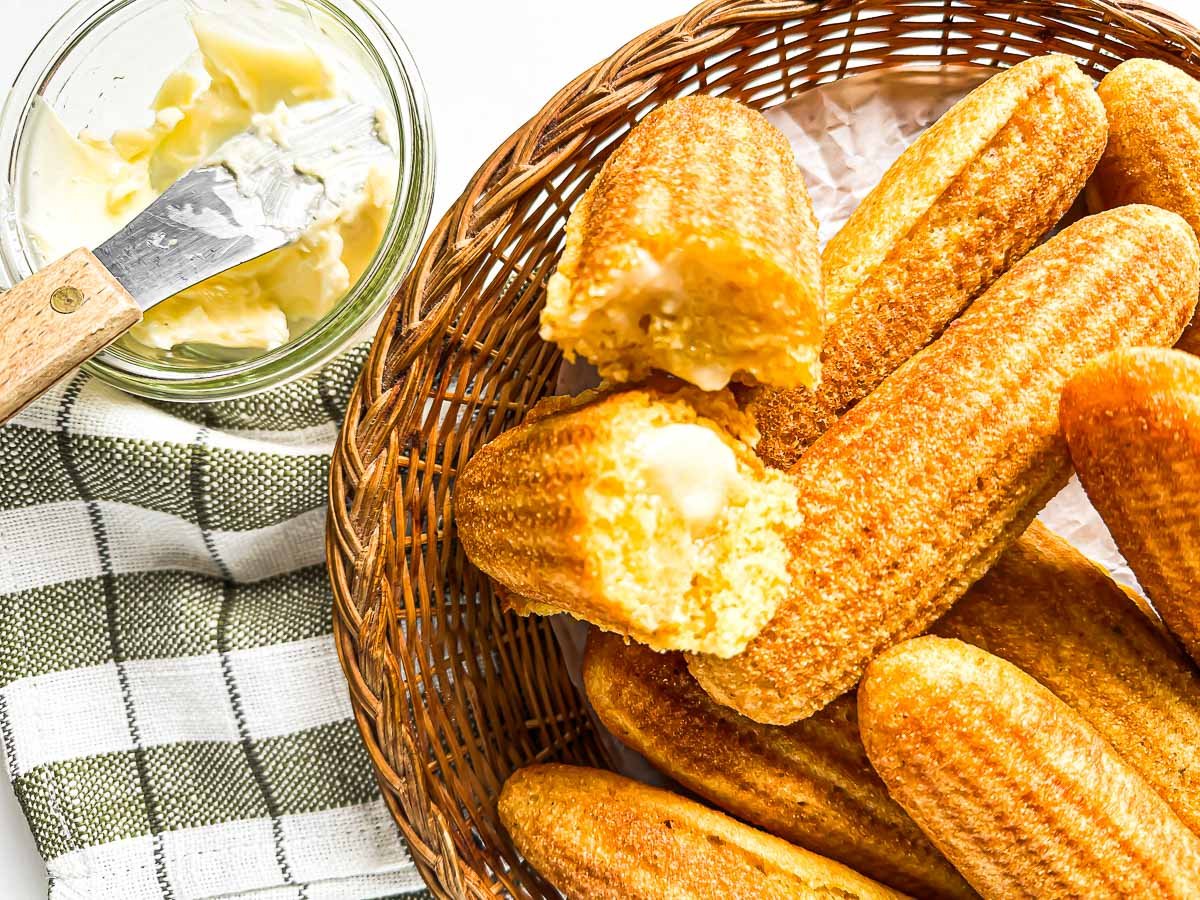For culinary enthusiasts, perfecting sourdough on baking stone is akin to uncovering the ultimate technique in bread-making. The synergy of a well-fermented sourdough starter and the radiant heat of a baking stone creates a crust that is both irresistible and a chewy crumb that bread aficionados cherish worldwide.
:max_bytes(150000):strip_icc()/pizza-stone-testing-winners-the-original-baking-steel-wdickey-7-63-0eab155b17994dcc94fe89c908bab57d.jpg)
Why Choose a Baking Stone?
The tradition of utilizing a baking stone goes back many generations, offering substantial advantages for your bread's quality. Crafted from materials such as ceramic or brick, a baking stone is indispensable for evenly distributing heat across the loaf's surface. This results in a consistently baked bread characterized by a crunchy crust, a signature trait of expertly crafted sourdough.
Additionally, baking stones are fantastic at absorbing and retaining heat, effectively eliminating the cold spots often found with standard metal trays. This feature is vital when aiming for optimal rise and crumb structure in your sourdough. For further insights into different uses of baking stones, check out Realsimple.
Mastering the Craft: Steps to Perfect Sourdough
1. Cultivating Your Sourdough Starter
The key to exceptional sourdough starts with a lively and well-maintained starter. Culinary professionals recognize the significance of keeping their starter well-fed and regularly monitored. An active starter is crucial for better fermentation, which enhances both flavor and texture.
2. Preheating the Baking Stone
Preheating is essential when working with your baking stone efficiently. Ensure that both your oven and stone reach the desired temperature for an adequate period. This allows the stone to absorb maximum heat, which is critical for achieving immediate oven springa rapid rise caused by gases trapped in the dough the moment your sourdough meets the stone. Discover more about the versatility of baking stones here.
Techniques for Baking Exquisite Sourdough
Baking with a stone imparts unique attributes to your sourdough. Below are techniques and recommendations from professionals aimed at optimizing baking results.
Introducing Steam
Incorporating steam during baking is vital for achieving a beautifully glossy and crackled crust. Many chefs adopt methods like spritzing water into the oven or placing a pan filled with water at the bottom during the early baking stages.
Leveraging a Baking Peel
A baking peel facilitates the easy transfer of dough to the stone, minimizing heat loss and keeping the oven temperature stable. Ensure the peel is generously dusted with flour or cornmeal to allow for a smooth slide onto the hot stone.
Scoring the Dough
The technique of scoringmaking shallow cuts on the surface of the dough before baking enhances both appearance and controlled expansion, preventing undesired splits. Professional bakers often use scoring tools or sharp knives for this.
Blending Innovation with Tradition
While traditional sourdough starters form the backbone of this craft, innovation continuously refines it. Experimenting with various flour types, hydration levels, and fermentation durations can yield unique flavors and textures, making each loaf one-of-a-kind.
Expert suggestions, such as those from Home Cooking Tech, emphasize that the greatest successes arise from a deep understanding of both ingredients and methods.
Enhancing Flavor and Texture
To achieve optimal results with sourdough baked on a stone, one must strike a balance between flavor, texture, and visual appeal. Variations in crust color, crumb density, and the tanginess of your sourdough can be influenced by adjustments in fermentation time or baking duration on the stone.
Ongoing Education in the Culinary World
In the realm of professional kitchens, mastering your craft is an endless pursuit. Bread enthusiasts often engage in courses and workshops to stay abreast of the latest techniques and trends, ensuring their creations remain both innovative and outstanding.
Additional valuable resources, such as The Fresh Loaf, provide insights into further refining your bread-baking skills.

FAQs
Can I utilize a baking stone for other types of bread?
Absolutely! A baking stone is versatile enough for various breads, pizzas, and even pastries, significantly improving quality.
How can I clean and maintain my baking stone?
Let the stone cool completely before cleaning. Use a brush or scraper to remove any residues. Its best to avoid soap, as it can seep into the stone.
Which type of oven works best with a baking stone?
Both conventional and convection ovens can benefit from a baking stone; however, convection ovens offer superior heat distribution.
This article contains affiliate links. We may earn a commission at no extra cost to you.






Leave a comment
This site is protected by hCaptcha and the hCaptcha Privacy Policy and Terms of Service apply.